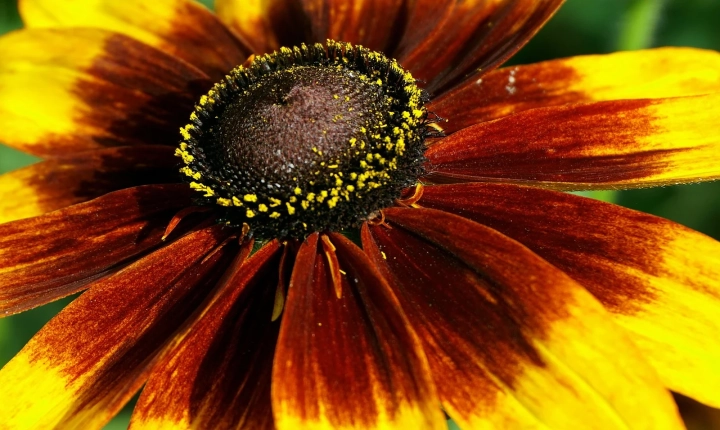Title: The Power of AI: A New Era of Creative Writing
Over the past few years, artificial intelligence (AI) has rapidly advanced in its capabilities, playing a pivotal role in various industries, including creative writing. What was once seen as a purely human endeavor has now been augmented by the power of AI, and the results are fascinating and thought-provoking.
One of the most intriguing applications of AI in creative writing is its ability to generate stories, poems, and even novels. Through natural language processing and deep learning algorithms, AI models are able to analyze vast amounts of text, identify patterns, and create original pieces of writing. This technology has opened up new possibilities for writers and storytellers, allowing them to explore novel concepts and themes in collaboration with AI.
The process of having AI write a story is both fascinating and controversial. On one hand, it raises questions about the nature of creativity and the role of the human mind in artistic expression. Can an AI system truly understand the depth of human emotions and experiences, and convey them in a compelling narrative? On the other hand, AI-generated writing has shown remarkable potential, producing stories that are both coherent and imaginative.
One of the most well-known experiments in AI creative writing is the use of OpenAI’s GPT-3, a language generation model that has garnered attention for its ability to produce human-like text. When prompted with a writing task, GPT-3 can craft stories that follow a specific plot, develop complex characters, and evoke a range of emotions. It has been used to generate anything from fairy tales to science fiction, showcasing the diversity of its creative output.
While AI-generated writing shows promise, it also raises ethical concerns and challenges. As AI becomes increasingly proficient at emulating human writing, it may raise issues of plagiarism, copyright infringement, and the potential devaluation of human creativity. Additionally, there are concerns about the biases and stereotypes that may be inadvertently perpetuated by AI models, which learn from the large datasets they are trained on.
However, proponents of AI-generated writing argue that it can be a valuable tool for sparking inspiration and expanding the boundaries of storytelling. By collaborating with AI, writers can access new perspectives, experiment with unconventional narrative structures, and explore different genres. AI-generated writing can also be used to fuel brainstorming sessions and overcome writer’s block, providing a wellspring of ideas and starting points for further development.
As AI continues to evolve, we can expect to see even more sophisticated and nuanced forms of AI-generated writing. Whether it’s in the form of interactive storytelling experiences, personalized narrative generation, or multimedia storytelling, AI is poised to become an integral part of the creative writing landscape.
In conclusion, the emergence of AI in creative writing represents a paradigm shift in the way stories are crafted and shared. While it presents both opportunities and challenges, it has the potential to enrich the creative process and broaden the horizons of storytelling. As writers, readers, and technologists continue to explore the possibilities of AI-generated writing, we enter a new era where the boundaries of creativity are redefined by the fusion of human ingenuity and artificial intelligence.
